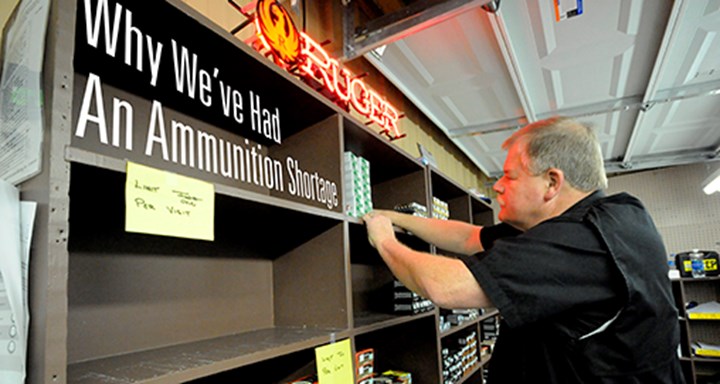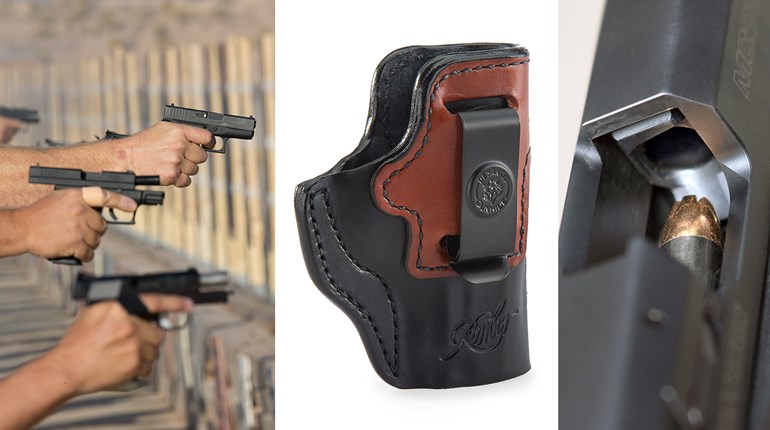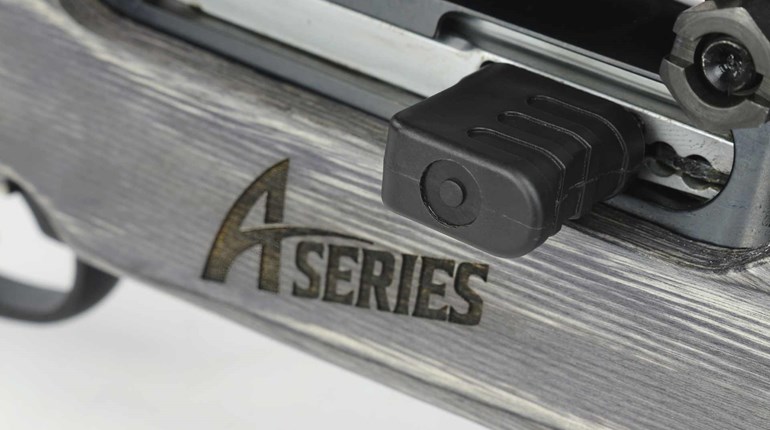
The Coronavirus outbreak isn’t just affecting sanitary and medical supplies—many Americans are discovering that ammunition is now hard to find. The toilet-paper shortage is a example to explain how ammunition shortages work. You see, most of us buy these things not for fear that we’ll run out, but for fear that they won’t be available when we need them again (TP or ammo). This very notion drives hoarding and keeps the shelves empty, even though production and shipping is still taking place.
As you can imagine this impacts training at Renaissance Firearms Instruction (RFI) and quite often our students ask, "How long will the ammunition shortage last?" Our answer is always "Well, that's up to the gun-owning community."
Now before I go ahead and write what I am about to write, it’s important to understand that these are only suggestions—each shooter has their individual needs. I don't claim to be any sort of "moral authority," but merely wish to do my part in ending a vicious cycle that we know from experience can last for years.
Many of us are in "See it, BUY IT!" mode when it comes to common cartridges. I won’t deny that I was guilty of this myself, especially when it was .22LR a few years back. After spending a ton of money on a pallet (yes, a pallet) of this stuff, I asked myself if I really needed it. I don't get special treatment or priority supply from ammo manufacturers; I have to wait in line just like everyone else…and I have to buy ammo for every student!
So let’s take a look at the RFI’s ammo consumption and come up with some examples that I hope will represent the average shooter's annual ammo needs, even if we only have rimfire data to share. Adding up our last 10 NRA Basic Rifle courses, we had a total of just about 190 students. Each class had a three-hour range session where we supplied each shooter with their ammo. During that period yours truly also got some quality trigger time in on the company supply (it’s good to be the boss).
Altogether we used a total of 23 bricks of .22LR ammo (or around 12,000 rounds), and that was for a course of fire that included sighting-in, eight to 10 rifles for each class and then producing five five-shot groups that measured less than 4.5 inches……we can all remember how many rounds that took the first time we attempted it. So if we use that as our model, here's what an average shooter might go through annually:
- 12,000 rounds.....if they get to the range 190 times a year!
- 6,000 rounds, if they get to the range 95 times a year- that's just about every Saturday AND Sunday.
- 3,000 rounds if they religiously go every weekend for just one day.
- 1,500 rounds if they get there every other Saturday.
If you are like the rest of us and need to balance work, life and travel, you might only get to the range about once a month and that comes down to just 500-1000 rounds a year.
Now please understand that I am not giving any guidelines as to how much ammunition you should buy, but it’s important to get a realistic idea of how much you need to keep on hand. I ask you to look at the stack of ammo you have piled up in your basement (which is a horrible place for it by the way) and do the math...how long will it take you to go through all of it? Do you believe you won’t find a few cases to replenish in that time period?
Go ahead and write today's date on your next five cases and take note as to when you get around to actually shooting them—most folks will surprise themselves. Now…I know, I know...What about the zombies? What if England comes for their back taxes? Please be reminded you can only “bug out” with so much weight. Ammo is heavy, and you will need food, fuel, shelter and clothing as well. This means that the majority of your 100K+ rounds will have to be left behind for the zombies and/or Redcoats to enjoy. Play the entire scenario out, and fund your preps wisely.
As I conclude. I would again like to restate that these are my opinions ,and the numbers used came from a cross-sample of just one particular demographic. These numbers are intended to do nothing more than illustrate a point. All I ask is that every gun owner considers each ammunition purchase carefully. If we all do that then the shortages will start getting better almost immediately.







































